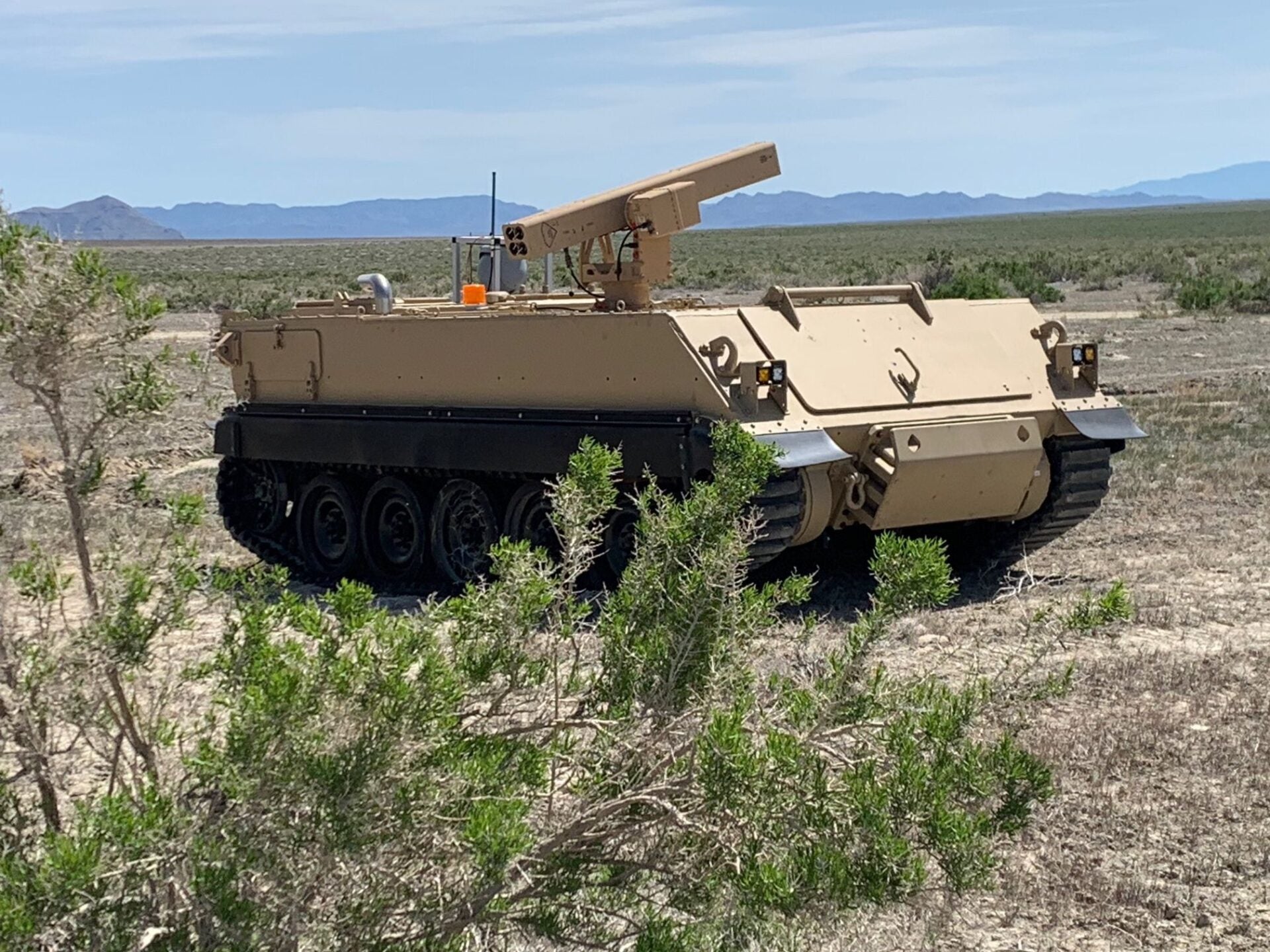GR66
Army.ca Veteran
- Reaction score
- 4,765
- Points
- 1,160
Question. Most of the discussions around force structure have revolved around the types and quantities of Brigades we should have (Light/Medium/Heavy) and how those Brigades should be equipped.
I think it's generally agreed that there are important roles to be played by both Light and Heavy Brigades (the suitability of Medium forces in a peer conflict is in question). If realistically we only have the capability to deploy and maintain a single Brigade in a full-scale peer conflict (possibly along with a Divisional HQ to lead a multi-national Division) then we're left with a choice of which Brigade type to deploy - Light or Heavy.
However, if a key political objective in any major force deployment is to maintain at least a certain amount of autonomy for our national forces, and since both Light and Heavy forces have important roles to play even in the same battle space, then should we maybe consider deploying hybrid Brigades rather then pure Light or Heavy Brigades?
Maybe we've already got the basic structure right for Canada with one Light Battalion and two Mech Battalions per Brigade. The Light Battalion can evolve into the type of dispersed screening force to cover the open terrain and the Mech Battalions evolve into Heavy Combined Arms Battalions with tanks and tracked IFVs for the fight in the urban spaces.
I think it's generally agreed that there are important roles to be played by both Light and Heavy Brigades (the suitability of Medium forces in a peer conflict is in question). If realistically we only have the capability to deploy and maintain a single Brigade in a full-scale peer conflict (possibly along with a Divisional HQ to lead a multi-national Division) then we're left with a choice of which Brigade type to deploy - Light or Heavy.
However, if a key political objective in any major force deployment is to maintain at least a certain amount of autonomy for our national forces, and since both Light and Heavy forces have important roles to play even in the same battle space, then should we maybe consider deploying hybrid Brigades rather then pure Light or Heavy Brigades?
Maybe we've already got the basic structure right for Canada with one Light Battalion and two Mech Battalions per Brigade. The Light Battalion can evolve into the type of dispersed screening force to cover the open terrain and the Mech Battalions evolve into Heavy Combined Arms Battalions with tanks and tracked IFVs for the fight in the urban spaces.





